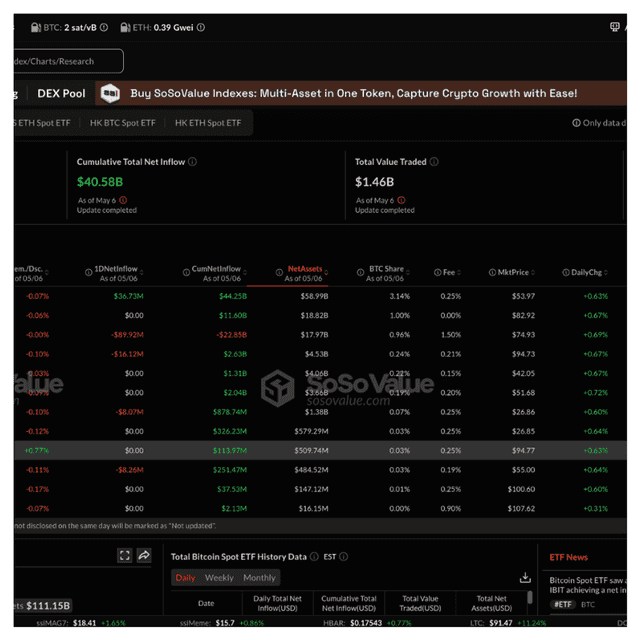2025-05-06 03:31
BLOCKMEDIA

Image source: Block Media
# Max Keiser Highlights Stablecoin Risks: Suppressed Bitcoin Demand, Dollar Distortion, and U.S. Debt Growth
Max Keiser, a well-known Bitcoin (BTC) advocate, has expressed concerns about the widespread adoption of stablecoins, warning that their proliferation could suppress Bitcoin demand, create artificial dollar demand, and worsen the U.S. debt crisis. Keiser argues that stablecoins, by generating "false demand," delay the broader acceptance of Bitcoin as a genuine vehicle for value transfer.
## Stablecoins and the 'Illusion of Dollar Demand'
Keiser's initial argument focuses on the artificial demand for the U.S. dollar generated by stablecoins. Popular stablecoins such as Tether (USDT), Circle's USDC, and WLFI's USD1 are pegged 1:1 to the U.S. dollar but primarily circulate within digital platforms rather than the broader economy.
"Stablecoins create a false demand for dollars that only operates within blockchain platforms, not the broader economy," Keiser asserted. This perceived demand leads to an overestimation of the dollar's real demand, allowing the U.S. Treasury to maintain stable interest in its debt instruments, including Treasury bonds.
According to Keiser, stablecoins generate artificial demand for U.S. debt, legitimizing the expansion of U.S. liabilities. He emphasized that this dynamic distorts the natural balance of capital by facilitating the ongoing issuance of Treasury bonds under a guise of stability.
## Issuance Paradox: Debt Yields Funding Bitcoin Accumulation
Keiser also critiqued the structural mechanism by which most stablecoins are issued. Stablecoin issuers typically receive U.S. dollars from users and invest the proceeds in U.S. Treasury securities to generate returns. Keiser claimed that these earnings are increasingly being used to accumulate Bitcoin.
"Stablecoin issuers profit from government debt and are using the proceeds to buy Bitcoin (BTC). This creates a dual distortion in the market," he noted.
Keiser suggests that this issuance model undermines the broader narrative of Bitcoin as a sovereign alternative asset. Major market players who strategically acquire Bitcoin are, paradoxically, supporting the dollar-centric financial system through stablecoin operations.
## Bitcoin at $200,000: Catalyst for a “Panic Buy”
Keiser predicts that the structural distortions created by stablecoins will eventually collapse, especially as Bitcoin's price surpasses $200,000. He anticipates that such a milestone would trigger a shift in sentiment among both individuals and governments who had previously trusted stablecoins.
"When Bitcoin hits $200,000, we’ll likely witness a wave of panic buying as confidence in stablecoins erodes and Bitcoin emerges as the true alternative asset," Keiser stated.
He envisions a simultaneous decline in the dollar's value, weakened trust in stablecoins, and the rise of Bitcoin as a reserve asset. Under this scenario, Bitcoin would transition from an investment vehicle to a legitimate alternative currency. Moreover, Keiser suggests that Bitcoin could potentially reach $2.2 million during the current market cycle.
## Opposing Views: Stablecoins as a Bridge to Bitcoin
Despite Keiser's criticisms, some industry analysts disagree with his assessment that stablecoins hinder Bitcoin adoption. In practice, many crypto newcomers often interact with stablecoins as their initial entry point into the digital asset ecosystem. Stablecoins, offering lower volatility compared to Bitcoin, are viewed as a necessary bridge for mainstream adoption and regulatory acceptance, particularly for use in global payments and monetary policy frameworks.
However, Keiser dismisses these counterarguments as "superficial stability." He insists that "the real alternative is Bitcoin itself," and labels stablecoins as little more than tools for extending dependence on the dollar.
View original content to download multimedia: https://www.blockmedia.co.kr/archives/902166




